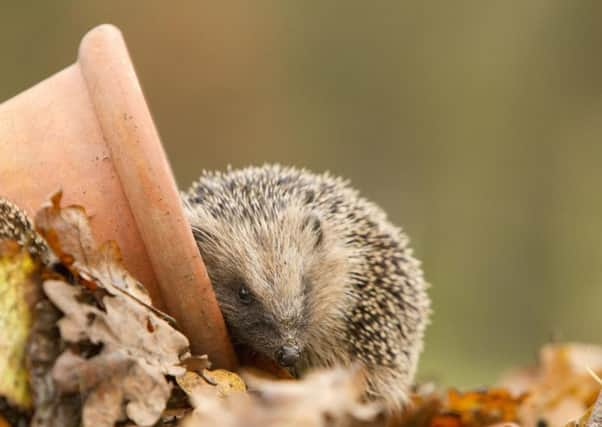Our Sussex wildlife is in a critical decline


The ground-breaking State of Nature report is said to be the most comprehensive ever published and brings together the work of 25 conservation groups.
The RSPB says that, worryingly, the national decline is reflected in Sussex and across the South East.
Advertisement
Hide AdAdvertisement
Hide AdOnce common farmland birds, such as the turtle dove, are in danger of disappearing altogether, while the hedgehog has declined in numbers by 33 percent since 2000.
Chris Corrigan, RSPB South East Regional Director, said: “The south east’s wildlife reflects the declines that this new report highlights.
“The region has consistently shown the greatest declines in both the farmland and woodland bird indicator lists and there is nothing to suggest that these declines are slowing.
“The RSPB, together with a whole range of other conservation bodies and, perhaps more importantly individual landowners, is working hard to protect the wildlife that we have left – and make sure that it is around for future generations to enjoy. This may not be a new message but it is as important as ever and now there is compelling new evidence that it is even more urgent and that concerted efforts will be needed if our wildlife and our countryside are to be properly protected.”
Advertisement
Hide AdAdvertisement
Hide AdDr. Tony Whitbread, Chief Executive Sussex Wildlife Trust, said: “Species like wart-biter, wryneck and bullhead, once common enough to mean something to our ancestors are now just strange words to us today.
“We must hope that species like sparrow, song thrush and ash tree, familiar to us today do not also end up as strange forgotten creatures in the future.
“Despite many good positive stories around the county, Sussex has still suffered considerable losses of wildlife over past decades.”